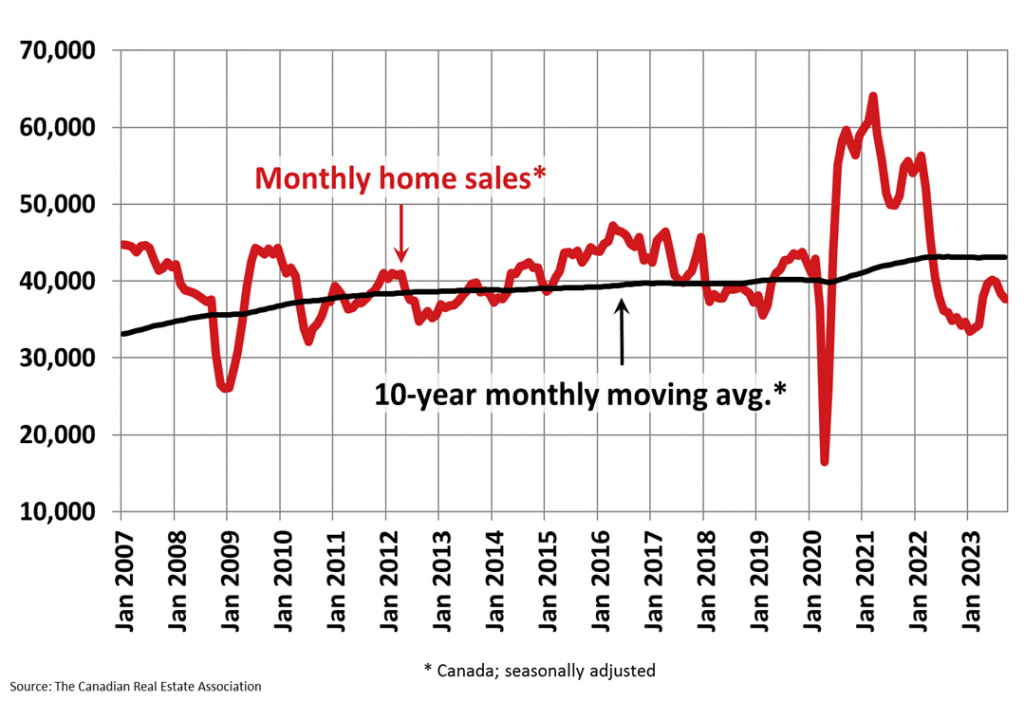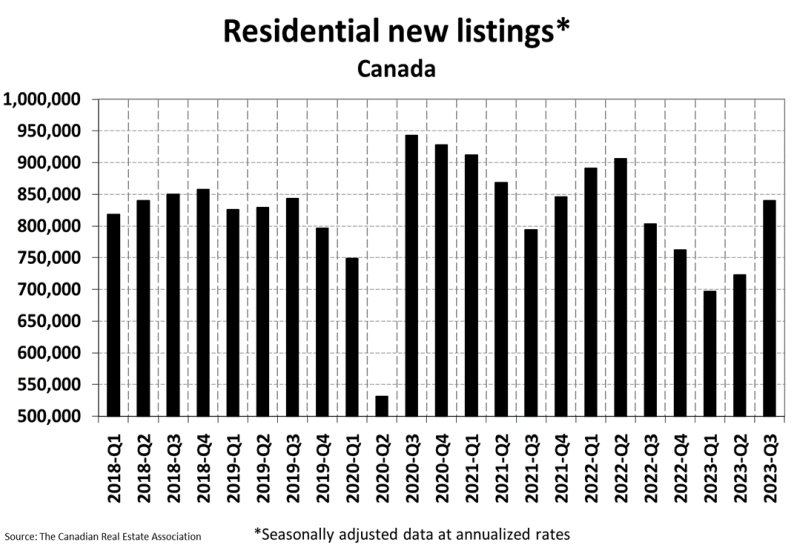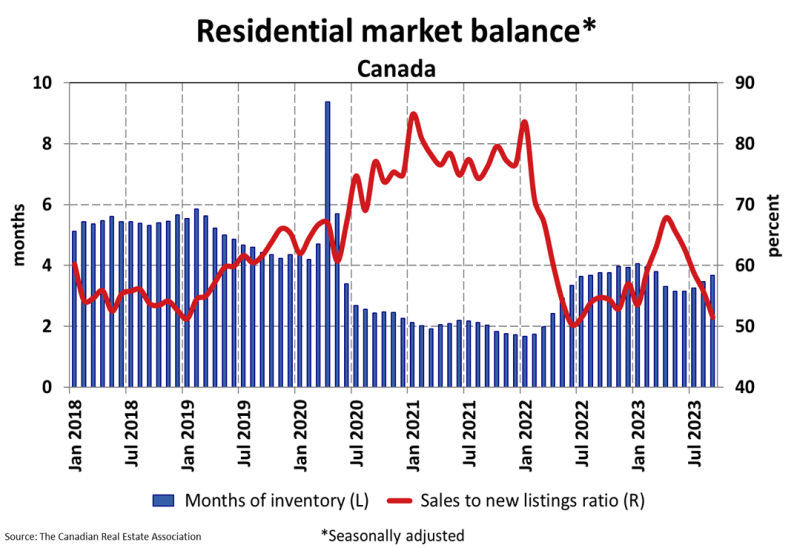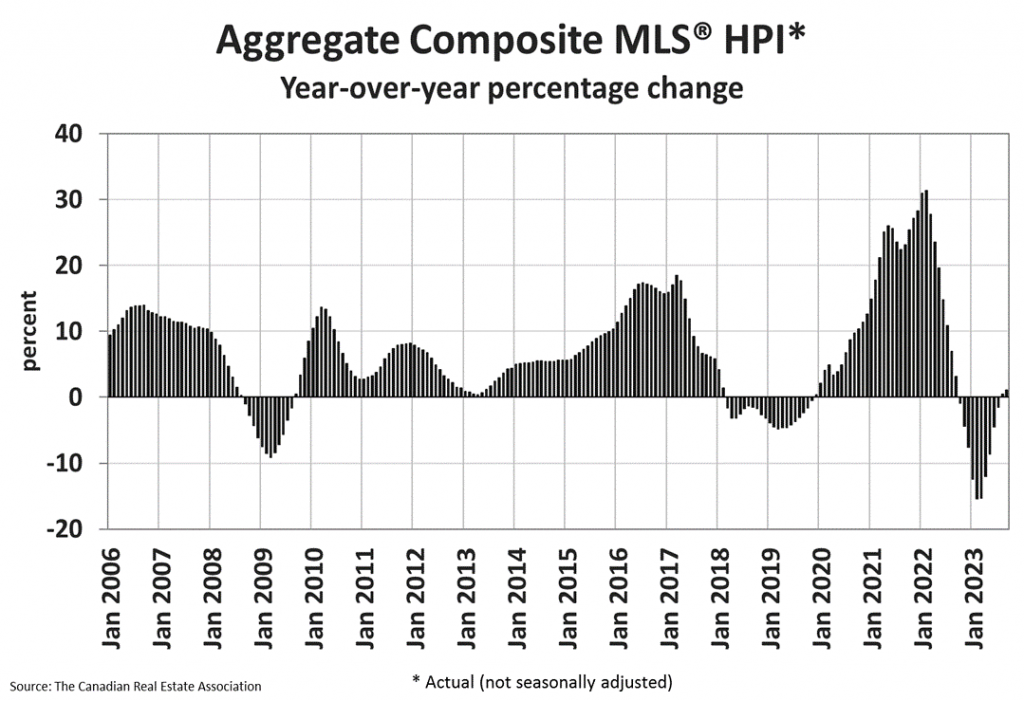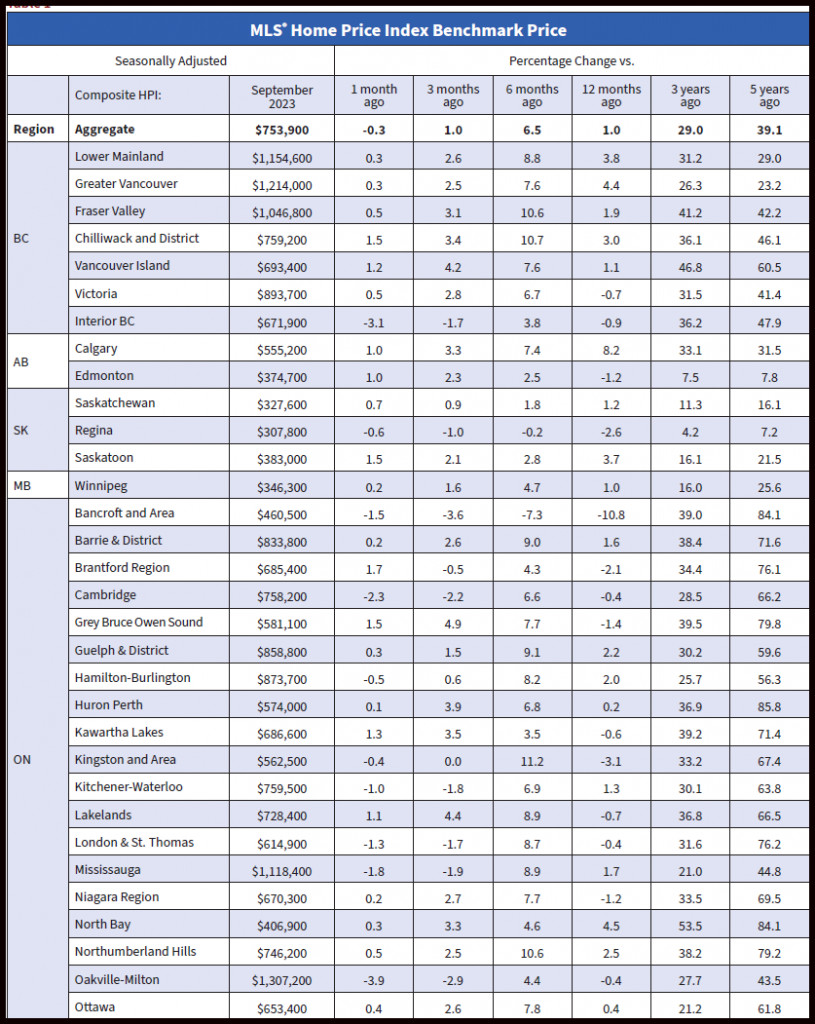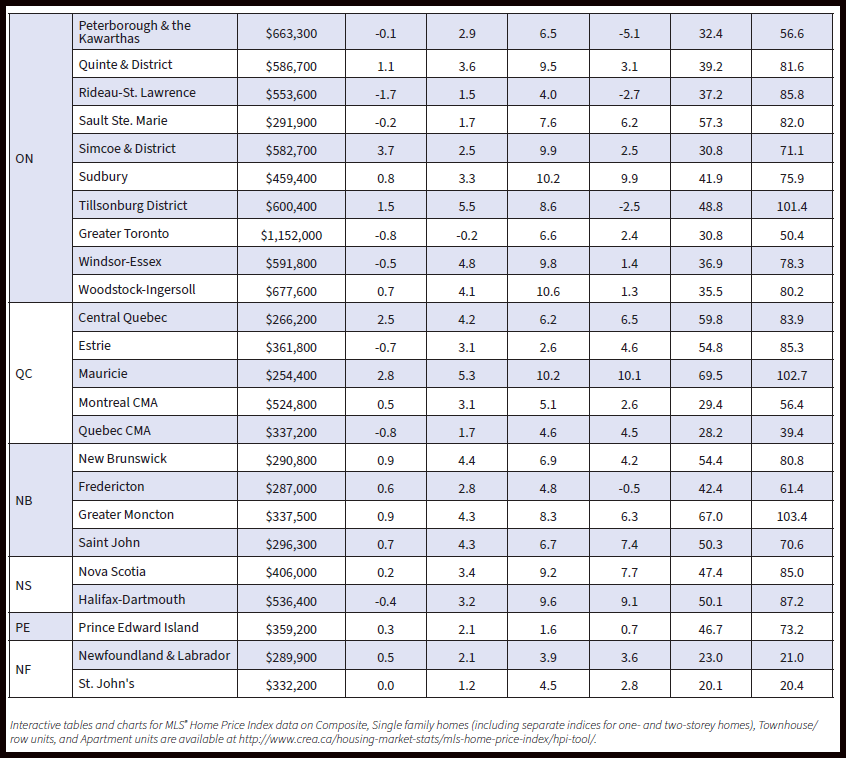When it comes to getting a mortgage, one of the more overlooked elements is the option to be able to port the loan down the line.
Porting your mortgage is an option within your mortgage agreement, which enables you to move to another property without having to lose your existing interest rate, mortgage balance and term. Thereby allowing you to move or ‘port’ your mortgage over to the new home. Plus, the ability to port also saves you money by avoiding early discharge penalties should you move partway through your term.
Typically, portability options are offered on fixed-rate mortgages. Lenders often use a “blended” system where your current mortgage rate stays the same on the mortgage amount ported over to the new property and the new balance is calculated using the current interest rate. When it comes to variable-rate mortgages, you may not have the same option. However, when breaking a variable-rate mortgage, you would only be faced with a three-month interest penalty charge. While this can range up to $4,000, it is much lower than the average penalty to break a fixed mortgage. In addition, there are cases where you can be reimbursed the fee with your new mortgage.
If you already have the existing option to port your mortgage, or are considering it for your next mortgage cycle, there are a few considerations to keep in mind:
- Timeframe: Some portability options require the sale and purchase to occur on the same day. Other lenders offer a week to do this, some a month, and others up to three months.
- Terms: Keep in mind, some lenders don’t allow a changed term or might force you into a longer term as part of agreeing to port you mortgage.
- Penalty Reimbursements: Some lenders may reimburse your entire penalty, whether you are a fixed or variable borrower, if you simply get a new mortgage with the same lender – replacing the one being discharged. Additionally, some lenders will even allow you to move into a brand-new term of your choice and start fresh. Keep in mind, there can be cases where it’s better to pay a penalty at the time of selling and get into a new term at a brand-new rate that could save back your penalty over the course of the new term.
To get all the details about mortgage portability and find out if you have this option (or the potential penalties if you don’t), contact Greg Weaver for expert advice and a helping hand throughout your mortgage journey!
Published by DLC Marketing Team
